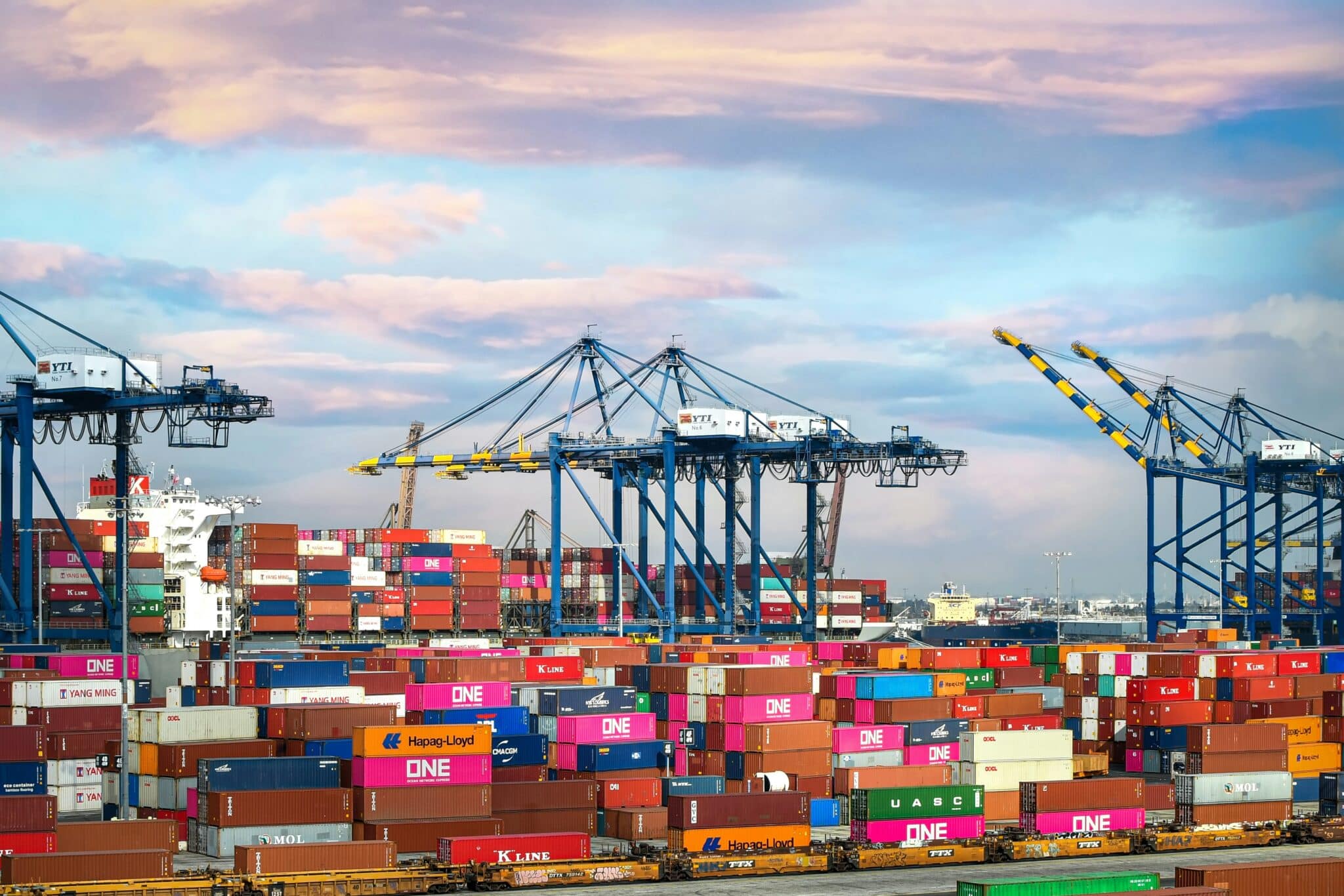A common factor among the best-in-class wholesale and distribution companies is their recognition of the importance of inventory on their bottom line. They acknowledge the need for effective and efficient management of inventory and shape their operations accordingly.
These world-class organisations share several characteristics that set them apart. These attributes span six key areas.
The anatomy of a world-class wholesale business
Above all, these businesses rely on having the right amount of the right stock in the right place at the right time. The ability to achieve this comes down to being able to predict what will be needed, and when. This can only be achieved with advanced forecasting: having the resource available to apply appropriate methodologies at individual SKU level and being able to do so quickly and accurately. Businesses that can align decisions around advanced forecasting are better able to manage emerging trends, identify opportunities and act to mitigate risk and vulnerability.
World-class wholesale and distribution businesses have tens of thousands, in some cases hundreds of thousands, of SKUs to consider. Each of these products has its own individual pattern of demand and fluctuation, its own lead time and represents a varying degree of value to the business. Advanced forecasting capabilities provide the information and intelligent replenishment removes unnecessary effort from activities where decisions can be made automatically. This allows the right decisions to be made about the right items at the right point, without time-consuming manual involvement from the team.
Reducing this element of the team’s workload – the tasks that can be handled by a technology solution – is crucial for maintaining the valuable relationships behind the supply chain. Wholesale and distribution operations revolve around these relationships – between suppliers, carriers, customers and end consumers. With this level of human involvement, there will always be exceptions, unexpected events that require a degree of ‘head knowledge’ rather than machine learning. These instances require prior human experience and the ability to make a judgement call – we can’t yet program a machine to handle such moments. For employees to be able to make the necessary calls, automation needs to be in place to handle the simple tasks, leaving time and headspace to deal with the issues that truly require judgement, innovation and experience.
Visibility and a shared goal
The wholesale operating model is complex – there are many moving parts, stakeholders and teams across a business. Factor in suppliers and clients and it becomes a long chain. The organisations best placed to succeed have visibility on demand across their entire operating model and manage their stock holdings to maximise opportunities and minimise the risk of carrying obsolete products. This is achieved through robust governance, with solid SI&OP (Sales, Inventory & Operations Planning) processes and active management of product lifecycles.
With a complex business, it is crucial to ensure that all the moving parts of the wholesale and distribution operation are working to the same end goal. To achieve this, world-class organisations are integrated and aligned, pairing measurement with human interaction. Insight and understanding cannot be developed without knowledge and relationships. Having a combination of statistical agility and solid human collaboration means that good relationships can be leveraged when they are needed.
Data-led planning
Underpinning every other element of efficient and effective inventory management, is data. The leading wholesale and distribution organisations understand that their ERP systems are full of valuable data, but it’s what they are able to do with that information that sets them apart. Transforming data from a straightforward indication of the state of play to actionable insight that can inform decision making, minimises vulnerability and creates the awareness required to seize opportunities as they arise.
The AGR software can equip your business with all the capabilities required to meet the characteristics of a world-class wholesale and distribution organisation. You can read more about each of the separate characteristics via the links below.
To find out exactly how much difference the AGR software could be making to not just your inventory management but also your organisational resilience, get in touch today.
Key Areas of Focus for World-Class Wholesale Organisations, Part 1 – Data Driven
Key Areas of Focus for World-Class Wholesale Organisations, Part 2 – Advanced Forecasting
Key Areas of Focus for World-Class Wholesale Organisations, Part 3 – Intelligent Replenishment (1/2)
Key Areas of Focus for World-Class Wholesale Organisations, Part 3 – Intelligent Replenishment (2/2)
Key Areas of Focus for World-Class Wholesale Organisations, Part 4 – Automation and Control (1/2)
Key Areas of Focus for World-Class Wholesale Organisations, Part 4 – Automation and Control (2/2)
Key Areas of Focus for World-Class Wholesale Organisations, Part 5 – Robust Governance
Key Areas of Focus for World-Class Wholesale Organisations, Part 6 – Integration and Alignment





